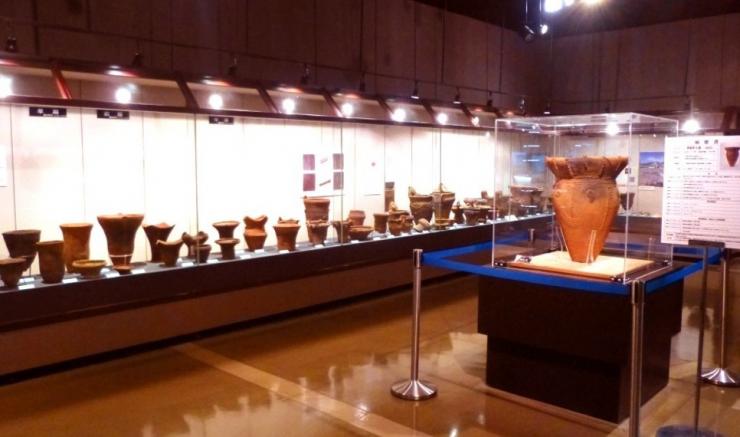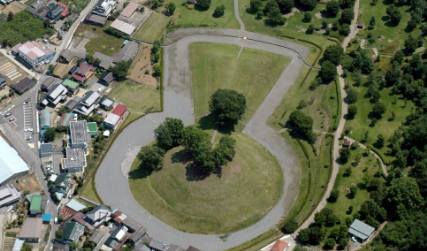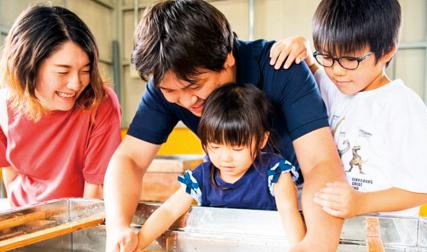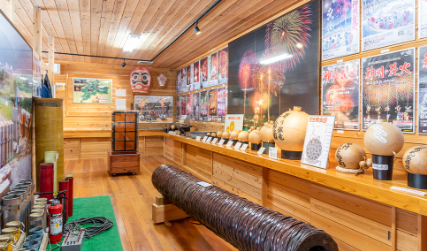Yamanashi Prefectural Museum of Archaeology
Main content starts here.

Important archaeological finds from the past few decades reveal that what is now Yamanashi Prefecture has been populated by communities of humans since as far back as the Paleolithic period of 30,000 years ago. The Yamanashi Prefectural Museum of Archaeology displays artifacts, mainly locally recovered, that span the entirety of Japanese prehistory. Its setting within the verdant Sonekyuryo Park subtly underlines nature’s role in supporting the evolution of human life over those millennia.
Opened in 1982 with the aim of preserving these treasures while broadening awareness of the history of Yamanashi and wider Japan, the museum emphasizes the lived experiences behind its collection of more than 200,000 exhibits.
Across five zones each dedicated to a consecutive period (Paleolithic; Jomon; Yayoi; Kofun; plus the Historical, up to the nineteenth century), artifacts are put into real-world context that twenty-first century visitors can relate to. Jomon pottery and tools, for example, are seen within a life-size diorama recreating a thatched-roof pit dwelling: a mother cooks fish as her offspring runs about impatiently. The meal is strictly hunter-gatherer fare, with the rice cultivation central to Japanese culture yet to be developed, and something explained in the subsequent Yayoi Period section.
Outside, Sonekyuryo Park is home to many sizable burial mounds, including the Choshizuka Kofun which is eastern Japan’s largest extant Kofun tomb, and the Yayoi-period Uenodaira cemetery containing more than 125 square-shaped burial plots.
Category
Share
Venue Address
400-1508 923 Shimosonecho, Kofu-shi
-

History & Culture
-

Attractions
-

History & Culture
Home of Mt. Fuji > Discover > Yamanashi Prefectural Museum of Archaeology